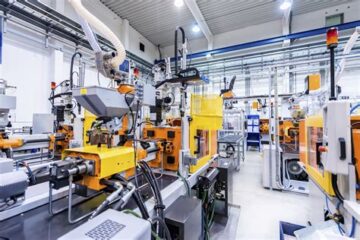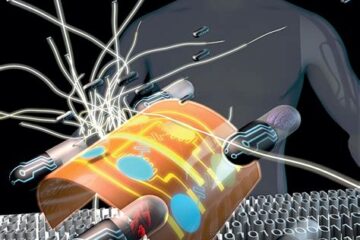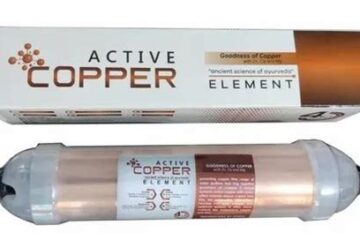PCBA
IPC Releases Standard for Green Cleaners Used in Electronics Manufacturing for Public Review
Introduction to IPC and the Green Cleaners Standard IPC, the global trade association for the electronics manufacturing industry, has released a new standard for green cleaners used in electronics manufacturing. The IPC-1402 Standard for Green Cleaners Used in Electronics Manufacturing is now available for public review and comment. The development Read more…









